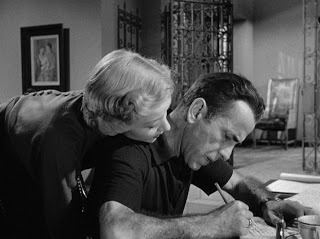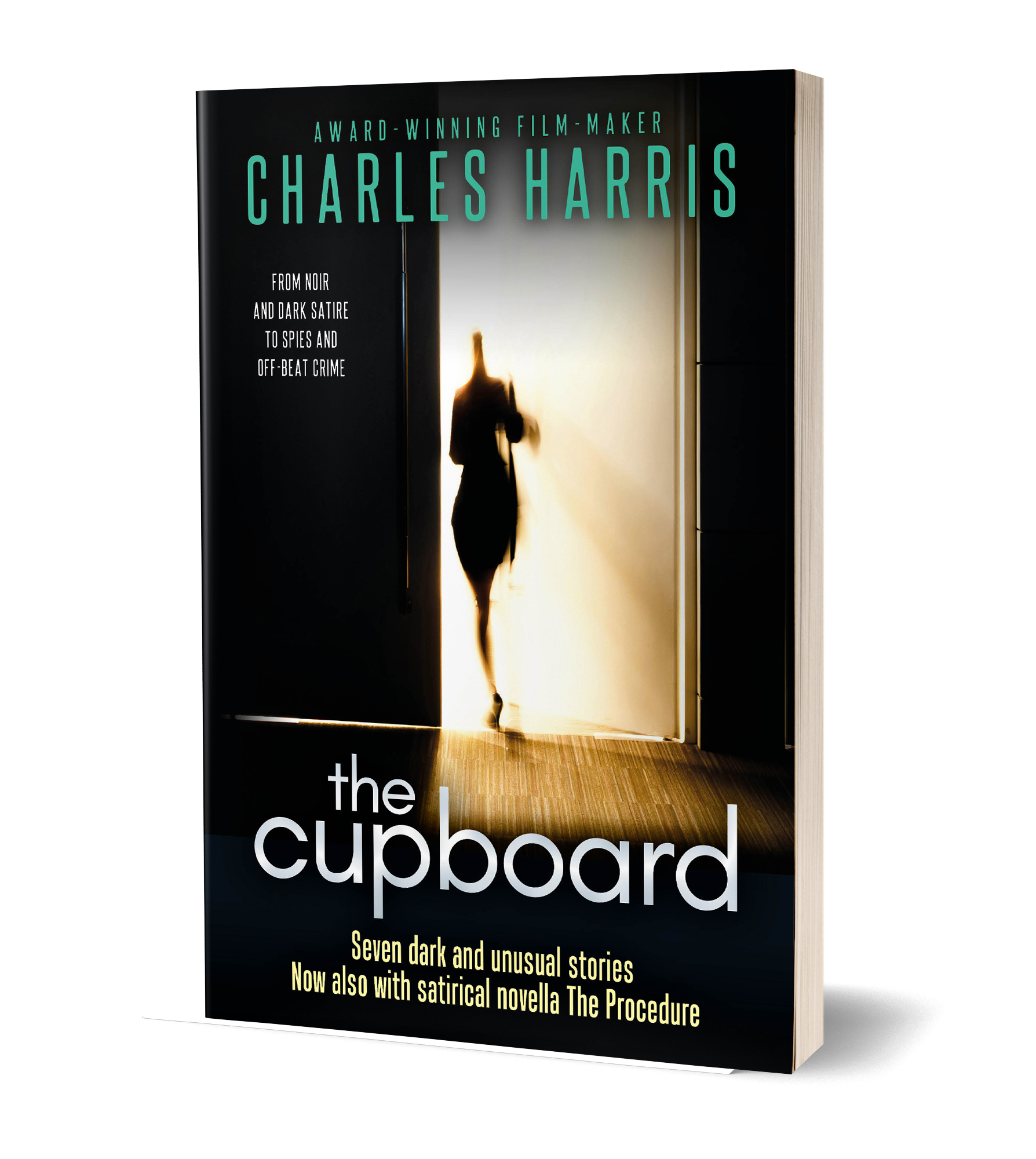Six Things You Need To Know About Treatments
03 Saturday Nov 2012
Written by Charles Harris in Treatments
If you want to write books for publication, or scripts for film or TV, then treatments, outlines, synopses (the terms are interchangeable in the industry) are something you have to get good at.
You will write better books and scripts (using treatments to plan the drafts), sell them more effectively (using treatments as a selling document) and work more powerfully with agents, editors, directors and producers (using treatments as a way of sharing ideas).
And if you want to get better at writing them, there are six things you need to know.
1. Nobody likes writing treatments
Writing treatments is tough. No writer I know likes writing them. A script is difficult enough, squeezing it down to 90-100 pages (or maybe a more forgiving 300 or so for a book).
But then you have to write the damn thing in outline form, squashing those 90-100 pages down to one, two or maybe a few more. It’s tough. 
On the other hand, it’s even tougher if you don’t learn how to write them properly. There are processes that will make writing that synopsis much easier. Never easy – but easier.
2. Treatments are stories
Stop thinking that you have to boil the entire script or book (or series!) down to a few pages. Think instead of telling a gripping story in the present tense. A story so strong that the reader will want to read the whole thing.
If you want to get yourself into the right mood, start your outline “Once upon a time …” They’ll put you into storytelling mode. You can always cut these first four words out later.
3. Good treatments flow
A good synopsis never reads like a list of events. Read the best short stories. Read outlines on novel, movie and TV websites. See how the best flow along, linking each thought in a readable style.
To help your treatments flow, fill them with linking words and phrases such as meanwhile, moreover, however, not knowing that, to her surprise, in desperation, five days later, on the other side of the planet…
4. Treatments aren’t just about plot
One of the worst things you can do is write down a series of plot event: and then… and then… and then…
Good outlines are just as much about character and theme. After each plot event, stand back and give us perspective. Bring in character development or thematic ideas. For example: Farah struggles to convince the judge to give them an extra week. She shows a mastery of legal language we have never seen before…
5 Treatments aren’t just about character and theme
Beware of going to the other extreme and giving only vague promises without any story behind them. Every generalisation should be followed immediately by an example of how you will show it in action.
Farah grows stronger and stronger in her work. This time she cross examines the police inspector with cool ease.
6. Treatments are built from the ground up, and from the roof down
The best way to build your outline is to mix up your methods. I always start with my log line, and develop that out from one sentence to three – then six – then three paragraphs, one page, two pages… and so on.
But sometimes this can lead to very clogged language. So I alternate this with the opposite – I’ll write as long as I can, getting it all to flow naturally and easily and then start to cut down. But sometimes the detail gets in the way, so I go back to the short version again and build up. Alternating short and long, to gain the best from both.
Writing treatments is very different from writing books or scripts – they demand different skills, a completely different language, a different mindset.
But it’s a mindset that can be practised and improved.


Tell people what you think